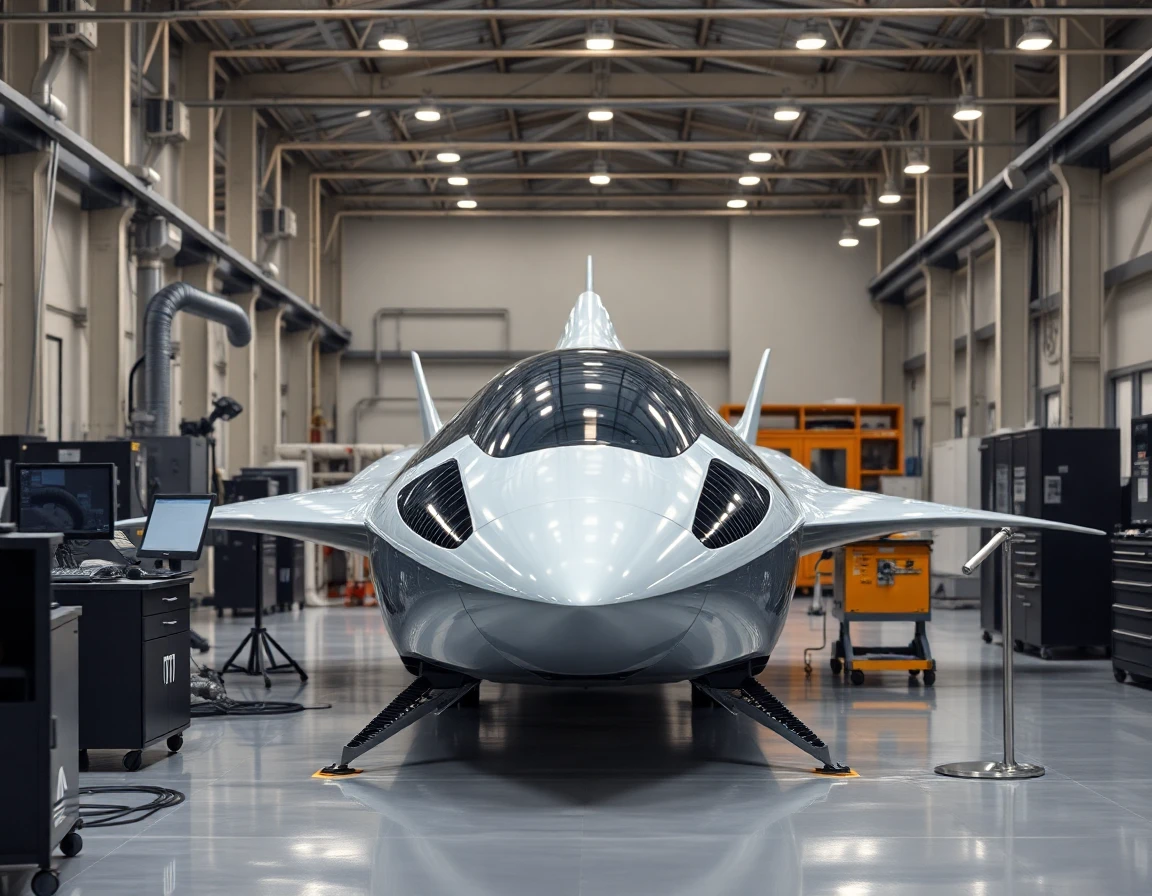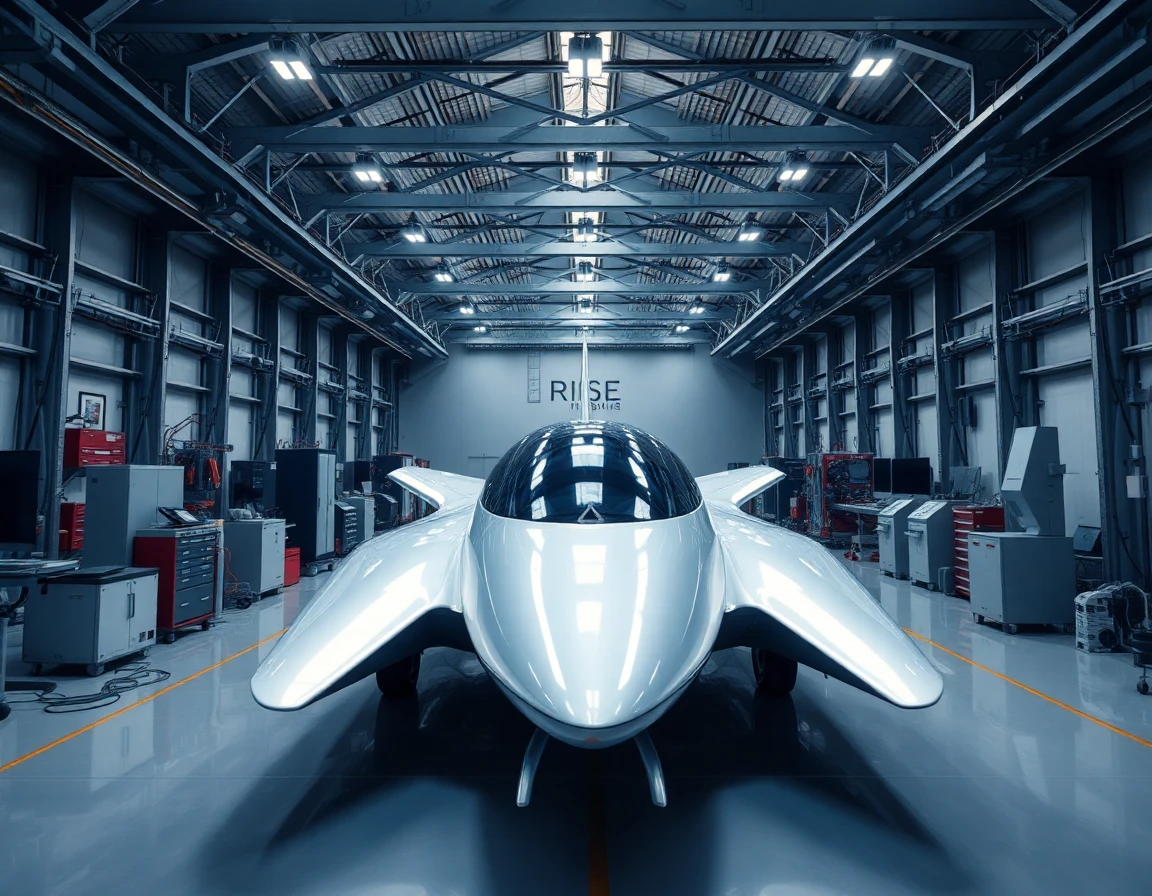Hypersonic technology, defined as the capability to travel at speeds exceeding Mach 5, is rapidly transforming the landscape of modern defense systems. As nations invest heavily in the development of hypersonic vehicles, the implications for strategic warfare and defense capabilities are profound.
Understanding Hypersonic Technology
Hypersonic vehicles can maneuver through the atmosphere at incredible speeds, making them extremely difficult to detect and intercept. This capability presents a game-changing advantage in military operations, as traditional missile defense systems are often ill-equipped to handle such fast-moving threats.
According to a report by the Defense Advanced Research Projects Agency (DARPA), hypersonic technology not only enhances strike capabilities but also complicates the enemy’s defense strategies. “The speed and agility of hypersonic vehicles allow for precision strikes against high-value targets with minimal warning,” says Dr. Emily Chen, a defense technology expert at the Center for Strategic and International Studies.
Integration into Modern Defense Systems
The integration of hypersonic technology into defense systems necessitates advanced components that ensure reliability and accuracy. For instance, high-performance inertial navigation systems are crucial for maintaining precise trajectory control during flight. These systems utilize precision accelerometers and gyroscopic instruments to provide real-time data on the vehicle’s orientation and velocity.
Key Developments in Hypersonic Systems
Recent advancements have led to the development of various hypersonic systems, including glide vehicles and boost-glide systems, which combine the speed of traditional ballistic missiles with the maneuverability of aircraft. Countries like the United States, Russia, and China are actively testing and deploying these technologies. For example, the U.S. Department of Defense is currently working on the Conventional Prompt Strike program, aimed at deploying hypersonic missiles capable of striking targets at unprecedented speeds.
The Role of Advanced Sensor Technologies
The success of hypersonic missions heavily relies on advanced sensor technologies that can withstand extreme environmental conditions. The integration of advanced sensor modules, which feature a combination of 3-axis gyroscopes and motion sensing capabilities, plays a pivotal role in ensuring accurate guidance and navigation. These sensors are essential for collecting data that can be used to adjust flight paths in real-time, adapting to changing battlefield dynamics.
Dr. Sarah Thompson, an aerospace engineer specializing in hypersonic research, emphasizes the importance of these technologies: “Without reliable sensor systems, hypersonic vehicles would struggle to achieve their potential. The ability to gather and process data quickly is key to their operational effectiveness.”
Challenges and Future Prospects
Despite the promising advancements in hypersonic technology, several challenges remain. The extreme temperatures generated during hypersonic flight require advanced thermal management systems to protect sensitive components. Moreover, the development of effective countermeasures against hypersonic threats is critical for national security.
Looking ahead, the race to refine hypersonic technology will likely lead to increased collaboration between government and private industry. As companies invest in research and development, innovations in materials science and propulsion systems may pave the way for even faster and more efficient hypersonic vehicles.
Conclusion
The advancements in hypersonic technology represent a significant evolution in defense capabilities, reshaping the future of military strategy. As nations continue to invest in this cutting-edge field, the integration of precision sensors and navigation systems will be pivotal in maximizing the operational effectiveness of hypersonic systems. The implications of these developments will not only alter the way wars are fought but also redefine the global balance of power in the coming decades.
References
-
hypersonic technology Research - defensenews.com (defensenews.com)
-
hypersonic technology Research - aviationweek.com (aviationweek.com)
-
hypersonic technology Research - spacenews.com (spacenews.com)



